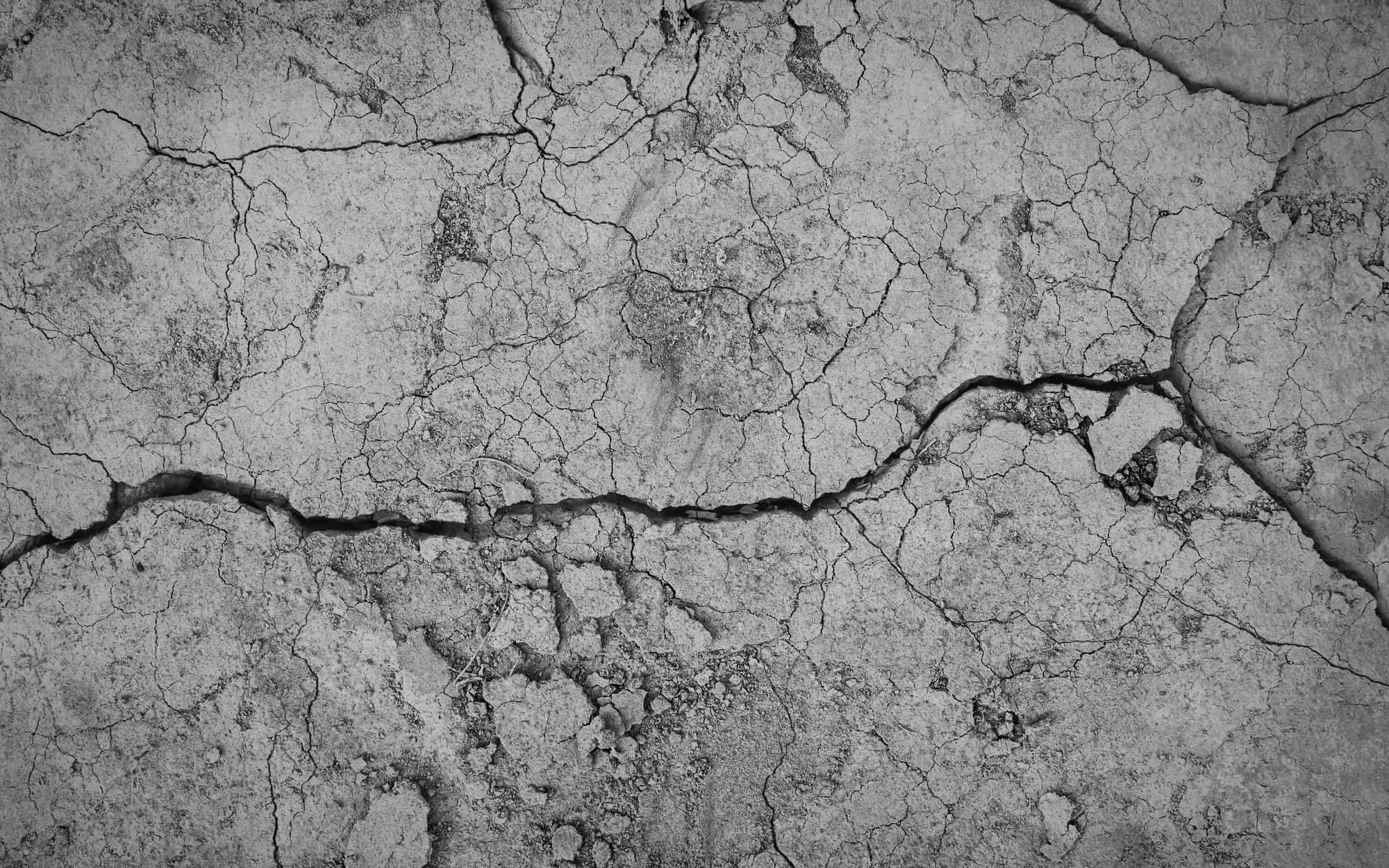Concrete is used in a wide range of structures, from roads and car parks to bridges and oil wells. However, there are problems associated with this popular construction material as, over time, microcracks can start to develop. When subjected to continuous environmental and mechanical stresses, microcracks can coalesce and form larger cracks, allowing water and aggressive species—such as carbon dioxide, oxygen and sulphates—to enter the structure. This can cause degradation of the concrete itself, as well as corrosion of steel structural reinforcements.
In general, there is a tendency for construction codes of practice to regard materials and structural degradation as unavoidable events, largely overlooking the long-term material behavior and accepting the need for costly maintenance due to structural weathering. The United States has an estimated expenditure of between $18 and $21 billion per year for repairs, rehabilitation, strengthening and protection of concrete structures, with associated costs due to steel corrosion reaching $23 billion per year.
A self-healing approach
Researchers have recently begun investigating the use of self-healing concepts to overcome the issues associated with crack formation. One promising approach is the addition of microcapsules containing a healing agent—such as amines (for polymeric healing), biological cargo and mineral agents—to the cement mix. When a crack develops, the shell of the capsule ruptures, releasing the healing agent and effecting a repair. This approach has been reported to successfully heal cracks up to 1 mm in size and, to date, several microencapsulation techniques have been explored, including coacervation, in-situ polymerization and sol-gel reactions. However, there are limitations to these approaches, leading either to poor control of healing agent release due to irregular microcapsule thickness or insufficient interfacial bonding between the microcapsule shell and the cement mix, resulting in debonding rather than rupture of the capsules.
Microfluidic encapsulation is an alternative approach that is increasingly attracting attention. This allows the production of monodisperse capsules, with precise control over the core to shell ratio and high encapsulation efficiency. The technique can also be used to encapsulate a wide range of potential self-healing agents, making it an effective platform to evaluate the importance of core retention and interfacial bonding for physical triggering.
Microfluidic production of polymeric shell microcapsules
Researchers at the University of Cambridge have investigated a microfluidic approach to encapsulating self-healing agents in microcapsules with polymeric shells, using a flow-focusing microfluidic device to produce a double emulsion template. The monodisperse microcapsules encapsulate aqueous or non-aqueous compounds within an acrylate shell, which is functionalized with carboxylic groups to increase its hydrophilic nature and enhance interfacial bonding with the cement.
Aqueous core microcapsules
Water-in-oil-in-water droplets (w/o/w) were generated using a fluorophilic-coated capillary placed before a hydrophilic flow-focusing droplet junction. In this system, water acts as the dispersal medium for the healing compound; a healing agent dispersed in a liquid will have greater mobility than encapsulated solid particles, covering a larger surface area of the damage location. However, the acrylate shell is permeable to water, which results in water encapsulated in the particle core evaporating. Therefore, a better approach may be to use non-aqueous liquid healing agents, as these are more likely to be retained.
Non-aqueous core microcapsules
Mineral oil was investigated as a model organic core material using an oil-in-oil-in-water (o/o/w) double emulsion droplet template for the formation of the microcapsules. The decreased interfacial tension between the inner and middle phase in an o/o/w double emulsion means that the template is more stable compared to a w/o/w model, allowing the production of microcapsules with decreased shell thicknesses. This increases the payload of the microcapsules, maximizing the amount of core material and healing agent.
Summary
Looking forward, there is scope to further extend this approach to evaluate the encapsulation of other agents typically used for self-healing of cement. Combined with functionalization of the microcapsule surface, which increases the interfacial bonding and broadens the types of shell that can be used for mechanical triggering, this microfluidic approach is set to open up new opportunities to promote self-healing of construction materials, extending the service life of concrete infrastructure.







